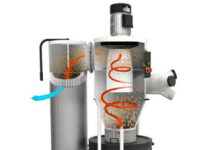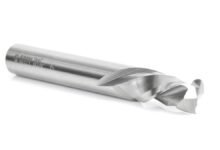How to choose the best number of rouge
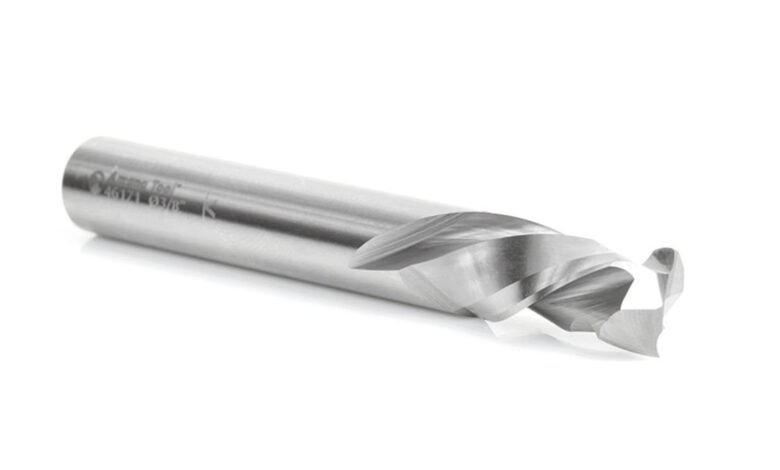

Fast food: Less psalms give the clearance of the better chip and the highest feed. More psalms give the finish of the most accurate but to reduce the area of the chips. The number of deciding to the material and the preparation of nutrition/spindle match for the best results.
Why is the number of flute important
Psalms are the edges of the pieces and chips anatomy channels on a CNC router or bit. All the flute that communicates with work removes a slice of materials every revolution – and also needs a place to send the resulting chips. This simple fact creates a comparison: add the psalms and increase the edges of the pieces for each rotation (better finish, and possibly remove the high materials with appropriate nutrition), but you can reduce the space available for the chips for the evacuation. The removal of limited chips increases the heat, can cause burning or melting in some materials, and shortening the age of tools.
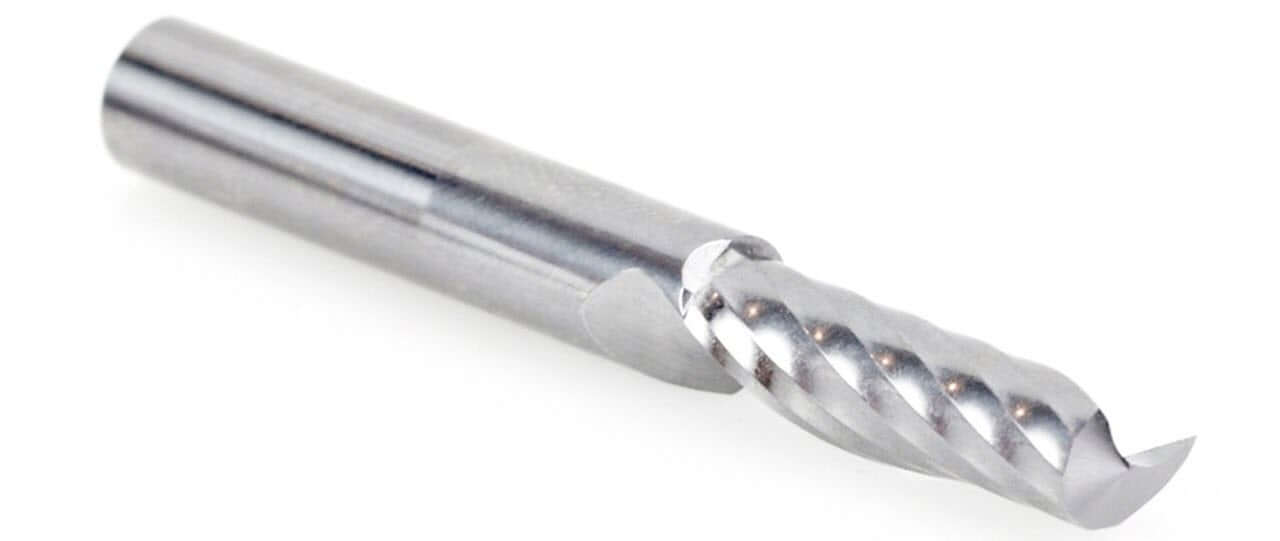 Amana Tool 51404 CNC Solid Carbide spiral ‘O’ Flute Tlact Trough One-Flute Up-Cut Bit-مثالية لعلامات التوجيه والعروض.
Amana Tool 51404 CNC Solid Carbide spiral ‘O’ Flute Tlact Trough One-Flute Up-Cut Bit-مثالية لعلامات التوجيه والعروض.The common guidance is the flute and what they do
1 –
Mostly seen in plastic materials and some parts of specialized marks. The singular flute leaves the area of the maximum chips and reduces the accumulation of heat – useful when the material is vulnerable to fusion, such as acrylic. The end is more harsh than multiple bits, so the first difference is rarely the first option for beautiful wood works.
2 –
The most common number of flute for the general purposes of wood work and CNC work for beginners. Two psalms hit a sweet spot: a good chip for deep discounts and aggressive feed, while continuing to offer a final touch. If you keep only one type of spiral pieces for daily work, 2 -Flute is the safest betting.
3 –
Three Psalms give a smooth touch because there are more edges of the pieces that involve the work of each revolution. This makes 3 attractive tattoos for solid wood, non -iron minerals, and composite materials when the completion quality is important. The downside: a lower area for chips, so you should contact feed and speeds to avoid obstruction or excess heat.
4 – Height and higher
Four or more psalms are common in the terminals used for steel and other minerals where the completion of the accurate accuracy and accuracy of dimensions is very important. In wood and plastic, these bits can quickly block and produce heat; It is usually used only for non -local minerals or where there is a strong cooling and evacuation liquid.
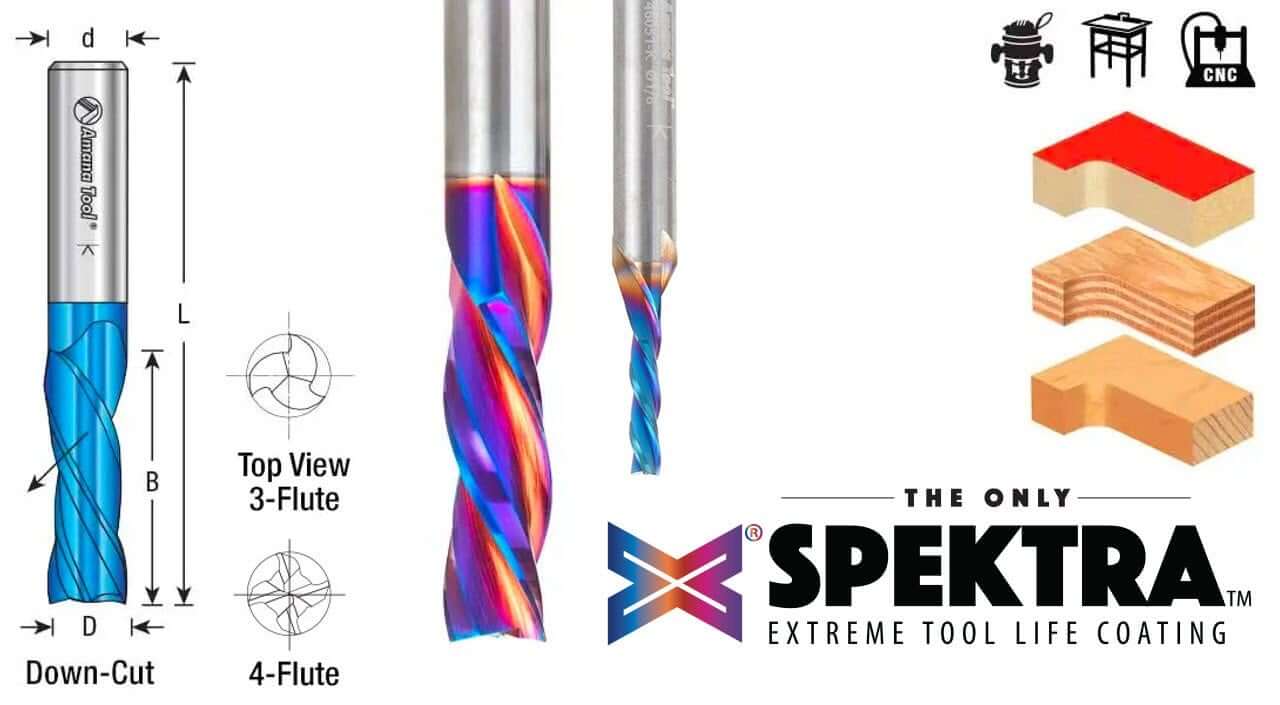 Solid Spektra ™ Extreme Life LIFE Life Coated Coast Cutting Glue with Three Design and Up to Four Perfumes for High Quality Finishing.
Solid Spektra ™ Extreme Life LIFE Life Coated Coast Cutting Glue with Three Design and Up to Four Perfumes for High Quality Finishing.The number of flute matches with the materials
Wood (soft wood and solid wood)
For overall wood, use 2 -Flute bit. It balances the end and cleansing the chips, and it works well through the deeper pockets and the deeper pockets, and forgives when you adjust the feed and RPM. Use 3 -Flute for solid wood or when the final surface is visible and you want the sanding less. Avoid 4+ Psalms unless you know how to control nutrition so that you do not pack chips in the flute valley.
Plastic and acrylic
Soft plastic and acrylic plastic materials are sensitive to heat. Use 1 or 2 -Flute to increase the area of the chips to the maximum and reduce the chance of melting. The slow spindle speed does not always help – the spindle speeds are often higher with appropriate nutrition rates and less than the psalms that keep their pieces clean, because the chips are evacuated faster.
Aluminum and non -engine metals
Non -local minerals prefer more cutting edges of cleaned finishing: 2 – or 3 – importance is common for aluminum. If you move to 4 -Flute cutters, plans to evacuate excellent chips and consider the use of cooling liquid or compressed air to wipe the chips. Note that extracts and speeds of metals are a different ball game and you should follow recommendations for mineral design to paint tools and tools.
Vehicles, HDU, PVC
These materials are often abrasive and produced dusty chips. 2 -Flute provides a reliable chip and good surface quality. 3 -Flute can be used to finish more accurate, but only if the vacuum set or dust set can – otherwise the additional flute will be clogged quickly.
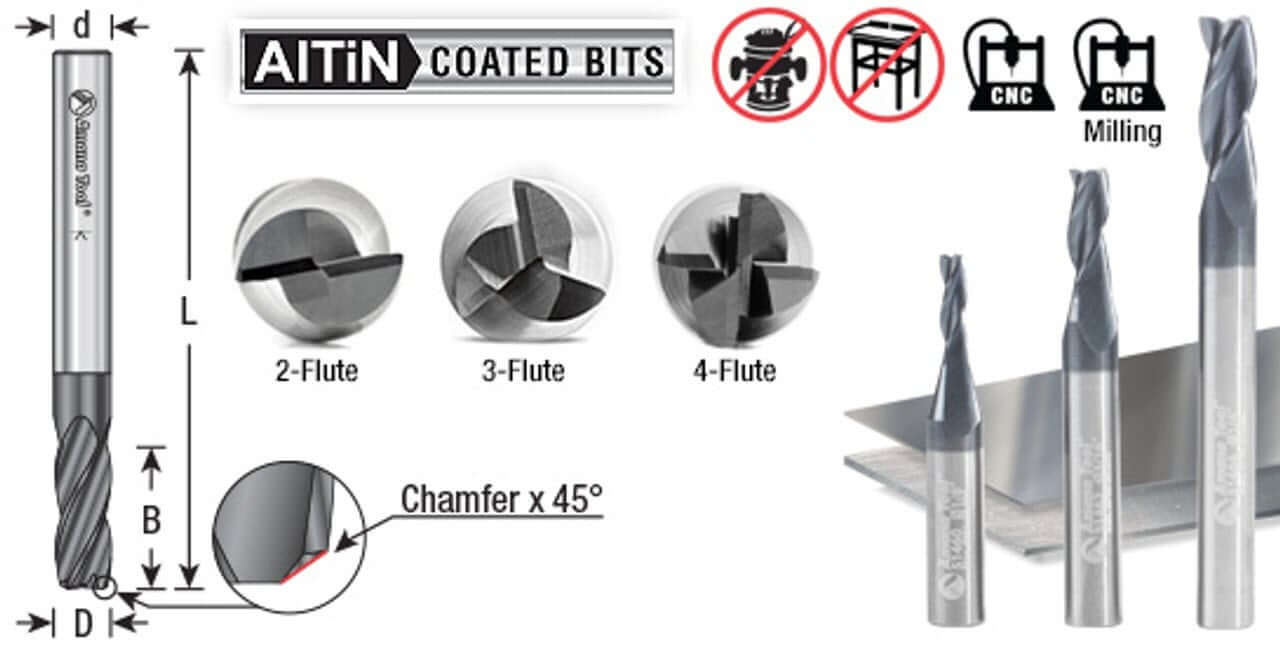 Altin Excel routers in the steel pieces, blossoms and vehicles
Altin Excel routers in the steel pieces, blossoms and vehiclesPractical guidelines and rules of decision
- The thumb base: Less Psalms = better chip clearance; More Psalms = More smooth finish.
- If you are not sure, start to give up 2 -Flute and set feeding/speed from there.
- Deep discounts and pocket generally prefer a fewer psalms. Finishing passes can use more psalms for a better surface.
- Corner pieces engineering (spiral, paint, carbide degree) to the material in addition to the number of flut – the number of flut alone is not everything.
Fast reference scheme
| material | Recommended Psalms | Why |
|---|---|---|
| Soft wood | 2 | A good balance in clearance and finish |
| Solid wood | 2-3 | Additional flute for a smoother finishing final passes |
| Plastic / acrylic | 1-2 | Max chip space to prevent fusion |
| Aluminum | 2-3 (4 with cooling liquid) | Finishing + controlling the chip. The cooling liquid helps the highest flute charges |
| HDU / pvc / vehicles | 2-3 | Dust and finish evacuation balance |
Example of the workflow – Choose the number of flute for a job
- Select the material and whether the cut is a rough pass or the final end pass.
- Choose a number of flute starting (2-Flute for anonymous/wood; 1-2 for plastic; 2-3 for aluminum).
- Set the conservative DOC (the depth of the pieces) and test short pieces to verify the evacuation of the chips and finish.
- Adjust the feeding and RPM to reach the desired surface without blockage or high temperature – add the Psalms only if the chip track remains clear.

